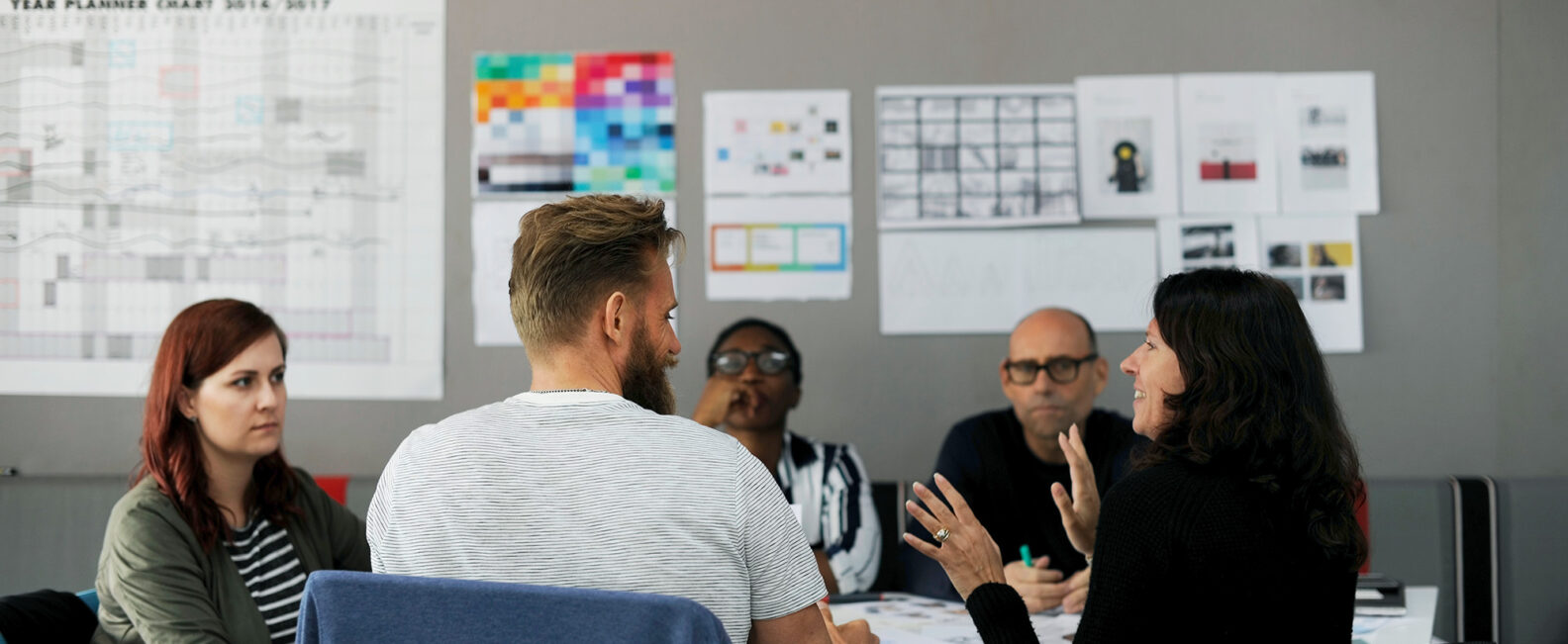Brand Development Tips for Building Products Companies

Introduction
In the construction industry, strong brands stand out. When specifiers are reviewing options, contractors are deciding which products to install, or distributors are considering which ranges to stock, the name they recognise and trust often wins.
For manufacturers and suppliers, brand development isn’t just about design or a clever logo. It’s about how your business is perceived — your reputation, consistency, and the confidence you create among those who buy or specify your products.
Here are five practical ways to strengthen your brand and improve visibility in an increasingly competitive marketplace.
1. Define a Clear Brand Position
Every successful brand starts with clarity. Ask yourself: what makes our business different?
Perhaps you lead the market in sustainability, invest heavily in technical support, or deliver products faster than anyone else. Whatever your strengths, your brand position should capture them clearly and simply. It should tell people why you exist and what you do better than your competitors.
A defined position helps you:
- Establish a clear value proposition for architects, contractors, and distributors.
- Communicate consistent messages across your marketing.
- Focus internal teams around shared goals and principles.
Without it, marketing can become fragmented, and your audience won’t understand what sets you apart.
2. Create a Consistent Visual Identity
Visual identity is about more than aesthetics. It signals quality, professionalism, and reliability. This includes your logo, colour palette, fonts, photography style, and how these are used across your website, brochures, packaging, and exhibition stands.
The key is consistency. A uniform presentation makes your company instantly recognisable, even from a distance at a trade show or on social media. It also builds familiarity, which in turn builds trust.
To achieve this:
- Develop a brand guidelines document to standardise your visuals.
- Use professional photography that shows products installed on real projects.
- Ensure marketing partners, printers, and web developers all apply the same design rules.
When your visual identity is cohesive, it reinforces your credibility and helps your brand stay memorable over time.
3. Align Messaging with Your Audience
Different audiences within the construction supply chain value different things, so your brand messaging needs to reflect that.
- Specifiers and architects look for performance data, certification, and sustainability credentials.
- Contractors and installers want products that are reliable, available, and easy to work with.
- Distributors and merchants focus on sales potential, margin, and stock turnover.
Tailoring your communication to each group shows that you understand their priorities. Use plain, confident language and focus on what matters most to them.
For example, a technical brochure aimed at architects might emphasise compliance and test results, while a point-of-sale display for a merchant could highlight ease of installation and value. Both can belong to the same brand, provided your tone and core messages remain aligned.
Consistent, audience-aware communication builds respect and helps your business be seen as a dependable partner rather than just another supplier.
4. Showcase Real-World Results
In construction, proof matters more than promises. Case studies and project profiles are powerful tools for demonstrating your product performance and reinforcing brand credibility.
Each one should include:
- The client or project background.
- The challenge that needed solving.
- The products or systems used.
- The results achieved — such as improved durability, reduced installation time, or sustainability gains.
Add professional photography, quotes from contractors or architects, and measurable outcomes where possible. These stories not only strengthen trust but also perform well online, helping your brand appear in search results for relevant project or sector terms.
Publish your case studies on your website, share them on LinkedIn, and pitch them to trade publications. They’re also excellent content for award entries and CPD presentations — all of which extend your reach and authority.
5. Build Awareness Through PR and Industry Engagement
Even the most consistent brand needs visibility. Effective public relations and event activity ensure that your name stays front of mind for key decision-makers.
Some proven approaches include:
- Contributing thought-leadership articles to trade journals such as Building, Specifier Review, or CFJ.
- Entering relevant industry awards to highlight innovation and excellence.
- Attending or sponsoring trade shows where your target customers gather.
- Hosting training days, CPDs, or webinars that position your brand as a trusted source of knowledge.
These activities create touchpoints across the industry, helping you build authority while generating backlinks and mentions that support your website’s SEO performance.
Brand awareness isn’t built overnight — it’s developed through regular visibility, credible communication, and consistent effort.
Conclusion
Brand development for building-products companies is about far more than logos or slogans. It’s about clarity, consistency, and credibility — qualities that influence purchasing and specification decisions every day.
By defining your position, maintaining visual and verbal consistency, communicating clearly with your audiences, proving your value through real projects, and staying active in the industry conversation, you can create a brand that people remember and trust.
A strong brand isn’t just recognised — it’s respected. And in construction, respect translates into long-term relationships and repeat business.
At Smart Marketing Works, we help manufacturers and suppliers across the built environment build brands that stand out — combining strategy, design, and marketing expertise to drive growth and lasting industry impact.




